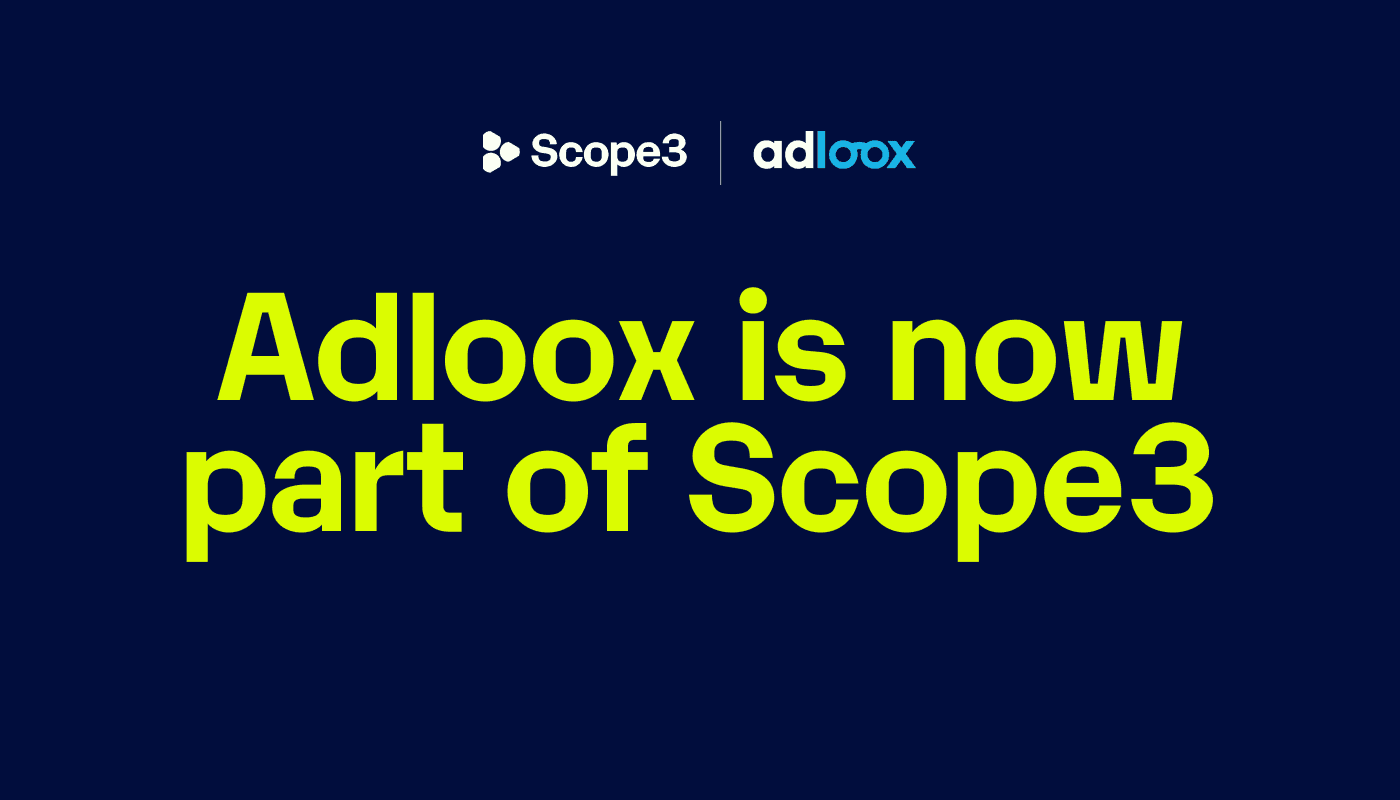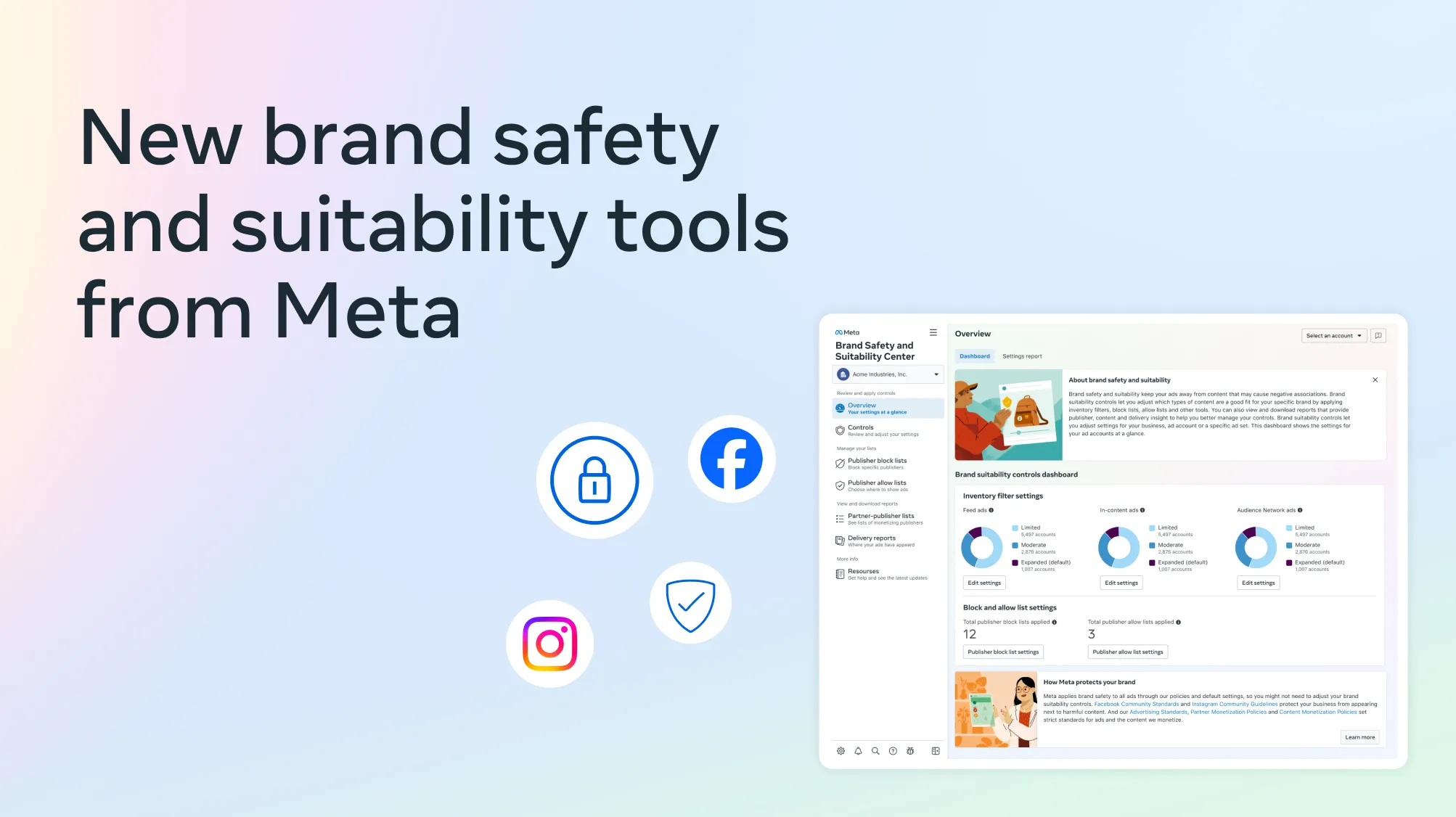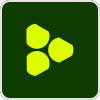Customers
21 août 2023
Learn how Yves Rocher uses programmatic advertising, display and video to captivate it's audiences and generate new customers in the 690 stores of its network. We spoke with Solenn Perrois, Advertising Manager, to understand their strategy, their vision of the industry, and how they deploy effective levers with the help of Adloox for measurement & verification, and Jellyfish for strategy and delivery.
Can you explain your role at Yves Rocher and how your team is organized?
I joined the company two years ago. I am a member of the advertising team at Yves Rocher France, within the media division. Our team, led by Baptiste L'Hermitte, currently consists of two people handling strategic operations, as well as around ten people responsible for media. I work with Baptiste, Head of Advertising and Partnerships. Both of us are part of Arnaud Donet's Media team at Yves Rocher France, which also includes the SEO and Social Media teams.
Our scope is quite extensive, covering display & video, social ads, segmented or programmatic linear TV, as well as DOOH. This enables us to achieve strategic alignment across all our campaigns.
How is Yves Rocher's digital strategy executed, specifically in regards to programmatic levers?
Yves Rocher is a leading cosmetics brand in France that benefits from a network of 690 stores, which offers us a very strong territorial footprint on the physical part, which we help animate, in parallel with our ecommerce activities.
Over the past three years, we have strategically built a robust digital footprint on the operational front. This achievement is owed to our effective utilization of social ads, running in tandem with our well-established CRM and email strategies. Concurrently, we have intensified our efforts to fortify our digital presence, employing multifaceted campaigns that align with our business objectives and loyalty program. In practical terms, this translates into a coherent narrative across social ad platforms, as well as throughout the entirety of the display and video ecosystem. Our approach encompasses Google Display & Video 360 campaigns, precisely targeted and programmatic TV initiatives (a portion of which is facilitated through Xandr), and extends to dynamic commercial highlights and product launches via DOOH channels.
We buy in such a way as to ensure that we distribute massively, while making sure to deploy our campaigns on a target that complies with our commercial targeting, and at the right time. For this, in addition to our own operations, we have been supported by Jellyfish on the buy-side, for 8 years. Our Ad Ops team consists of experts proficient in various media formats, allowing us to meticulously optimize our campaigns and avoid overreliance on a singular approach. This strategy is manifested in a hybrid model that predominantly integrates programmatic methods while also incorporating direct deals tailored to meet specific requirements.
In terms of our broader application of the group's overall business strategy, our operations are organized around three types of highlights:
Critical Phases in Our Commercial Calendar (sales, beauty days, Christmas, Mother's Day, etc.),
activation to reach non-customers and recruit to the brand,
and finally product highlights related to the various new product launches that punctuate the year.
Our campaign strategies revolve exclusively around our overarching demographic of women aged 18 and above. We meticulously curate affinity inventories tailored to this target audience. In terms of innovation, we consistently refine our formats in collaboration with agencies. For instance, our desktop video ads are thoughtfully optimized for mobile viewing, adopting both 16:9 and 9:16 aspect ratios to suit vertical screens. Our extensively distributed banner format is predominantly mobile-oriented and holds paramount significance in our display endeavors due to its exceptional impression-generation capabilities. Additionally, we explore alternative approaches, including ventures into native advertising.
What performance metrics and KPIs do you track?
We diligently track essential metrics that are industry-standard, including CTR and conversion rate. When delving into the comprehensive assessment of our campaigns, we prioritize the most pertinent indicators, encompassing genuine impressions, discrepancies, and IVT (Invalid Traffic). On occasions such as major campaigns like Christmas or product launches, we incorporate Conversion Lift within our social ads campaigns. This tool enables us to accurately gauge the impact of each lever within the same campaign—a strategy we've piloted and expanded across our social media efforts, and one that we plan to implement for display campaigns in 2024.
Our investments are stable on the display part, which implies constant monitoring to optimize our campaigns as much as possible. Our media plan is “digital-first”, with a strong presence in display and video. This makes measurement essential. Added to this is an intensified diversification strategy, launched in Christmas 2021, with tests on DOOH, CTV and segmented TV. This again implies increased attention to the metrics in force in the industry.
Simultaneously, brand safety holds paramount importance for us. We operate with meticulous keyword lists, along with exclusion and inclusion lists for sites, displaying a meticulous approach to placements where our content appears. Our diligence in this aspect is fortified by our access to efficient solutions that aid us in this undertaking. It's imperative to leverage the most advanced services available across the array of indicators we utilize, while also adhering to industry standards. Adloox is our steadfast partner in addressing this concern on a daily basis.
What do you think are the new industrial indicators destined to take a prominent place by the end of 2024?
The first one I think of is obviously attention, which is a metric that is being increasingly taken into account. At Yves Rocher, we pay particular attention to our creatives, right from the earliest stages of development. This implies a favoring of certain formats, as well as short and product first messages. Thereafter, we follow the rate of video completion, clicks, viewability as well as specific custom viewability criteria, to measure an approximate level of attention offered for each advertisement. This is bound to become more and more precise with the use of dedicated tools.
The matter of measuring carbon emissions is another pivotal concern, prompting us to embark on phases of assessing CO2 emissions associated with our campaigns. In a broader context, we maintain an open stance towards innovation, attentively considering optimizations and novel features across both social and display aspects. Within the programmatic realm, we observe the rapid emergence of new strategies, with the momentum behind CTV (Connected TV) and DOOH (Digital Out-of-Home) intensifying. We initiated preliminary tests in the previous year, notably with our CTV debut during the 2021 Christmas campaign, even while working with modest budgets.
Can you tell us more about your experience with Ad Verification with Adloox?
Our experience with Adloox has been highly satisfying. We recognize the variances among measurement platforms, and collaborating with an entirely independent partner significantly enhances our outcomes.
We monitor traditional indicators (impressions, volume generated, clicks, etc.) on a daily basis, while benefiting from a real operational advantage on brand safety, viewability rates and true impressions, on which we obtain very good performance: indeed, we have seen a very strong increase in our viewability rate between 2021 and 2022 thanks to Adloox, a figure higher than the benchmark presented at the start of the partnership. Similarly, our IVT rate has drastically decreased, and is also much lower than the benchmark presented initially (Editor's note: Yves Rocher benefits from an average IVT rate of less than 4%, which makes it a top performer in the Adloox portfolio). These results attest to the quality of the inventories purchased with Jellyfish, and to this tripartite relationship between Yves Rocher, Jellyfish and Adloox across the entire programmatic ecosystem.
The Adloox team supports and briefs our team on a daily basis, on each campaign, and Jellyfish makes the requested changes, while providing its own business expertise, all under the control of Yves Rocher. The optimizations are carried out jointly between the agency and the measurer, and the overall picture is given to us by the agency, which is a huge operational advantage, a time saver and a very reassuring methodology for us, as an advertiser.
How Adloox supports Yves Rocher's advertising operations:
Adloox has been supporting Yves Rocher since 2021, which has significantly improved the quality results of the brand's campaigns:
More than 25 points on viewability compared to initial benchmarks.
IVT at 3.1% lower than the benchmark at 7.9%.
A perfectly controlled environment with a firewall rate of around 0%.
A percentage of True Impressions up sharply after one year, proof of the quality of the inventories used by the brand.




